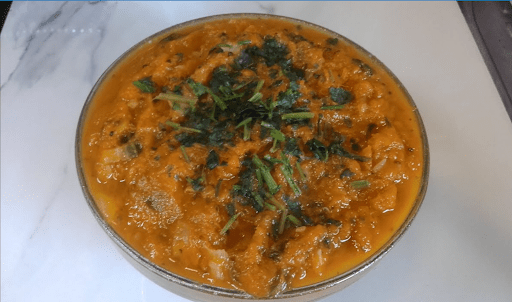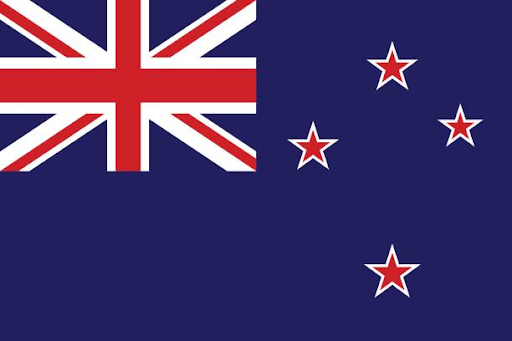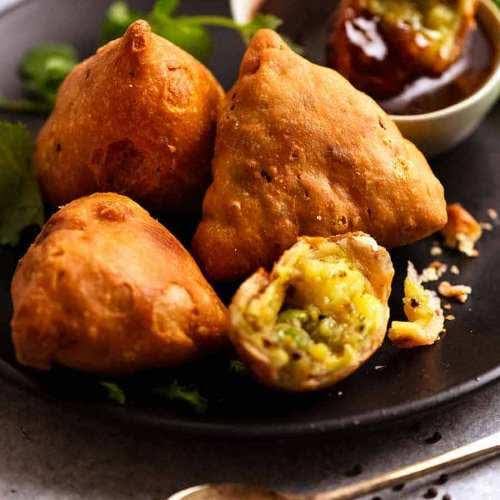Vuniniu (Coconut tree): The most utilised tree in Fiji
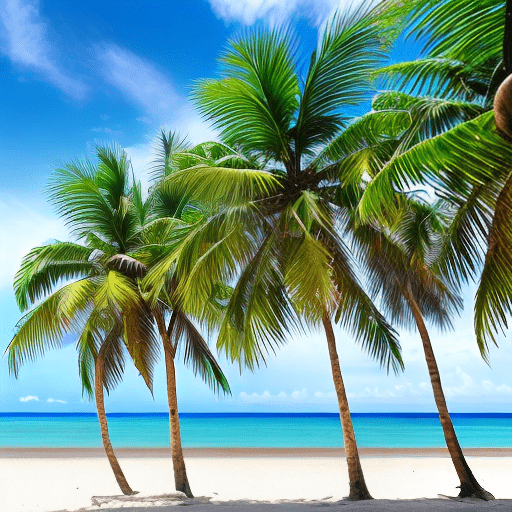
The coconut tree is the most utilised tree in Fijian culture and similarly so for other island cultures as well. Known as Vuniniu in Fijian, the coconut tree is sourced for food, clothing and items for many Fijian households. Pronounced, ‘voo-nee-nee-ooh’, the word in Fijian has its own meaning; ‘vu’ refers to the source of something, ‘ni’ is a preposition context for ‘of’ and ‘niu’ refers to coconuts, so the word means ‘source of coconuts’. This article elaborates on the many uses the coconut tree has for Fijians.
Coconut as food

Coconuts have helped distinguish Fijian cuisine from other cuisines and that is through the use of lolo (coconut cream). If you notice, many Fijian seafood are cooked in coconut cream or are cooked and served with a coconut condiment known as miti. Miti is mainly just coconut cream mixed with condiments of lemon juice, minced onions and salt.
Coconut shreds left after grating and juicing are known as ‘kora’ (Koh-rah), these shreds are dried and later used as a garnish for other seafood like the Lumi, a seaweed delicacy from Gau island. After miti is poured into the Lumi dish, the kora is then sprinkled over the food.
Nowadays, coconut cream and its shreds are used as a replacement ingredient for food dishes like pastry pies and even cakes. Copra farming also has an industry in Fiji, dried coconut meat is used to produce coconut oil and also to feed livestock.
Coconut leaves and banana leaves are also used as platters to serve food, or to cover food during feasts.
Other uses of coconut in Fiji
In Fiji, you’ll notice that every well-presented indigenous Fijian will have glossy smooth skin similar to that 2016 Tongan summer Olympic flag bearer who made headlines for his glossy oiled-up skin. The secret to this is coconut oil or waiwai (wah-e-wah-e) in Fijian.
To freshen up and keep warm Fijians dab coconut oil on their face and bodies just as they would a lotion but to achieve that famous Olympic glossy skin one has to oil the skin (lumu) a bit excessively, to an extent where oil drips/flows (drodro); for Fijians this is known as a ‘lumu drodro’.
The coir extracted from coconut husks is plaited into a thick belt. For most parts of the Lau province, this belt is used to hold together the mat that is wrapped around a person’s waist. Unlike Tongans, which this practice was adopted from, this mat is only worn by Lau people during the death of a loved one, to symbolise sorrow.
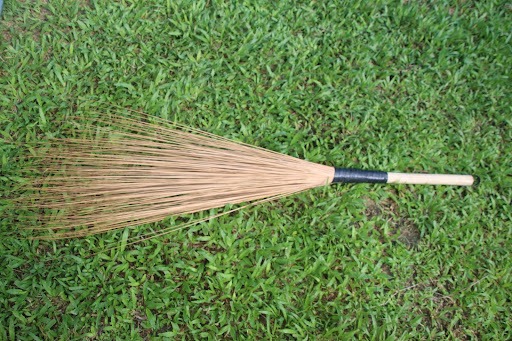
A broom, known as ‘sasa’ (sah-sah) in Fijian
The shells of a coconut are also famously used for something that is tremendously Fijian, Yaqona drinking. Its shells, which are used as cups, are often finely chiselled until the cups (halves of a coconut) are smooth.
Some outhouses or outdoor kitchens in villages still use coconut leaves for walls. Traditionally before the use of modern concrete and wooden walls, Fijians would use bamboo or coconut leaves as walls.
Fijian women also make fans out of coconut leaves that prove useful during hot and humid seasons. Another important item in a Fijian household is the broom, different from its English counterpart with a long handle. The Fijian broom is mid-length with a handle that has clean, shaven coconut leaf midribs neatly fastened to it.
Note the difference between a coconut and a young coconut in Fiji. For Fijians, a ‘niu’, refers to the mature coconut that is ripe for cream extraction. The young green ones are known as, ‘bu’ (mboo), so if you want to drink coconut water, you can refer to this as, ‘wai ni bu’ (coconut water). ‘Bu’ is also the term used to address grandmothers, always be aware of the context.

